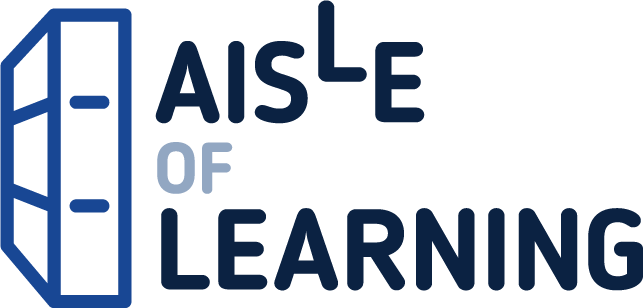EDITION 2: This is the first textbook on quantitative methods designed from the ground up to answer the question that education leaders most care about: What kinds of quantitative evidence should I seek to feel reasonably confident that if I adopt a given practice based on this evidence it is likely (a) to improve my schools to a noticeable and desired degree, and (b) increase equity? This revolutionary textbook is designed to replace the traditional statistics text and transform quantitative methods courses in Masters (and EdD) leadership programs into an exciting and relevant course that develops the types of research skills that students will find valuable in their everyday practice as leaders–and for conducting action research. It is now possible to make the quantitative methods course the most exciting and useful one in leadership programs. Unfortunately, the typical quantitative methods course in leadership programs use statistics books with high levels of technical jargon that overwhelms students and convinces them that they cannot learn such methods. They see no relevance of these traditional methods to their work as leaders, and develop a deep cynicism about quantitative research. Furthermore, there is growing evidence that the findings produced by the traditional, “rigorous,” statistical methods usually do NOT lead to improvement in real-world practice. As a result, research findings in the top research journals and the federal What Works Clearinghouse are more likely to misdirect practice than inform it. This is dysfunctional since leadership practice increasingly involves quantitative analysis, and evidence-based practice is critical to improving practice. But which types of analyses and evidence? The authentic methods in this textbook are alternative, innovative quantitative methods that are intuitive to leaders and designed from the ground up to enable leaders to make better decisions on how to actually improve their schools and increase equity. Leaders learn new methods for critically analyzing research evidence, conducting their own experiments, and generating and analyzing available data. The methods are intuitive, innovative, and rigorous–and produce better decisions. Examples include: The new statistical test of practical benefit, to replace the role of the discredited measure of statistical significance (p values); How to critically analyze the potential of the most sophisticated experimental research in the top research journals for improving their schools–by searching for three key, basic, numbers; The importance of integrating academic theory with personal theories of action; The importance of the power-trio of statistics for leadership decision-making; How to use improvement science to design and evaluate new interventions; and How to conduct an action research project to solve a problem of practice. Articles about the efficacy of these new approaches have been published in top journals, including the prestigious The American Statistician, and in a variety of education research journals. These methods have been validated via extensive interaction and testing with leadership faculty and students. They reflect the author’s extensive experience in (a) teaching quantitative methods courses, (b) being one of the top scholars in the field of educational leadership, and (c) being a large-scale reformer, whose interventions have served to increase equity for Title I and LD students across the U.S. His scholarship also includes the debunking of claims of effectiveness for widely used interventions in high-poverty schools which had been deemed to be effective in the top research journals. Thus, this author brings a unique, multi-faceted perspective to this rethinking of how to define, and teach, quantitative methods to current and future leaders.
Authentic Quantitative Research Methods for Solving Problems of Practice in Education: An Innovative Guide for School Leaders
$38.00
This textbook provides advanced instruction on quantitative research methods relevant to postsecondary studies in education.
Additional information
| Weight | 1.075 lbs |
|---|---|
| Dimensions | 21.6 × 2.2 × 27.9 in |







Reviews
There are no reviews yet.